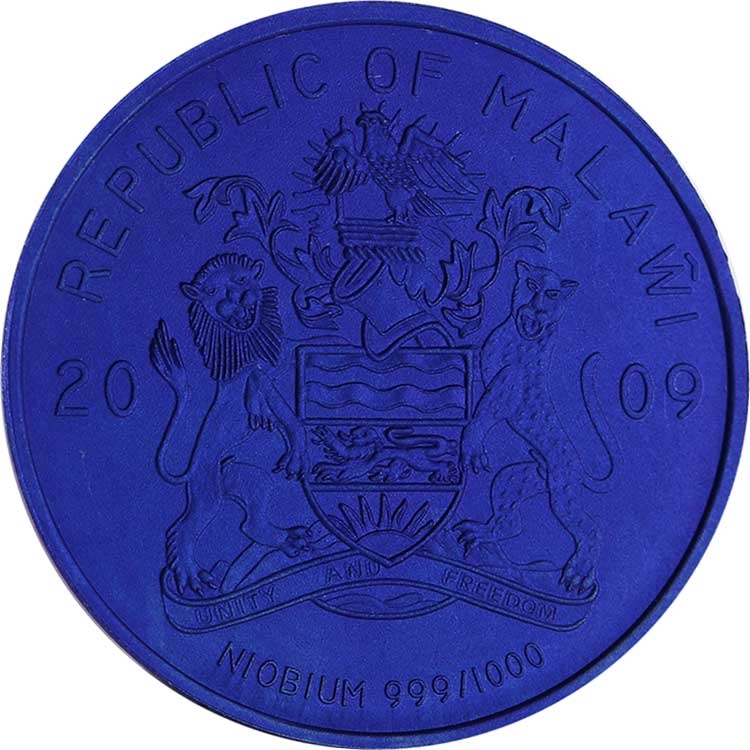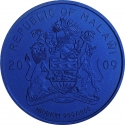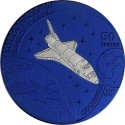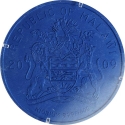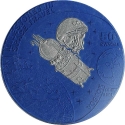You are about to finish your registration. Please check your mailbox (including spam folder). There should be a letter with a confirmation link. Check setting to make sure that your e-mail address is correct.
Send letter againDescription
The International Space Station (ISS) is a collaborative project involving NASA, Roscosmos, ESA, JAXA, and CSA. It orbits Earth at an average altitude of 400 kilometers, completing about 15.5 orbits per day. Divided into the Russian Orbital Segment (ROS) and the US Orbital Segment (USOS), the ISS is designed for scientific research in microgravity. It features a large Integrated Truss Structure that connects solar panels and radiators to various pressurized modules for research, habitation, and spacecraft control.
Launched in 1998, the ISS combines elements from the U.S.'s planned Space Station Freedom and the Soviet Union's Mir-2 project. It has been continuously occupied since November 2000, with more than 279 astronauts from 22 countries visiting. The ISS is expected to remain operational until 2030, after which it will be decommissioned and de-orbited.
Obverse

|
Depicts the coat of arms of Malawi dividing the date, and country name in Chichewa above. Metal and purity below. REPUBLIC OF MALAŴI |
|---|---|
Reverse

|
Depicts a silver International Space Station showing Russian solar arrays and Pressurised modules between them dividing the earth and moon with stars in the background, the series title "Milestones in Space Travel" at left, the shuttle name with lunching date at right, and the denomination above right. MILESTONES IN |
| Edge |
50 Kwacha
Republic
Milestones in Space Travel
International Space Station
Subscribe series
KM#
Milestones in Space Travel
International Space Station
